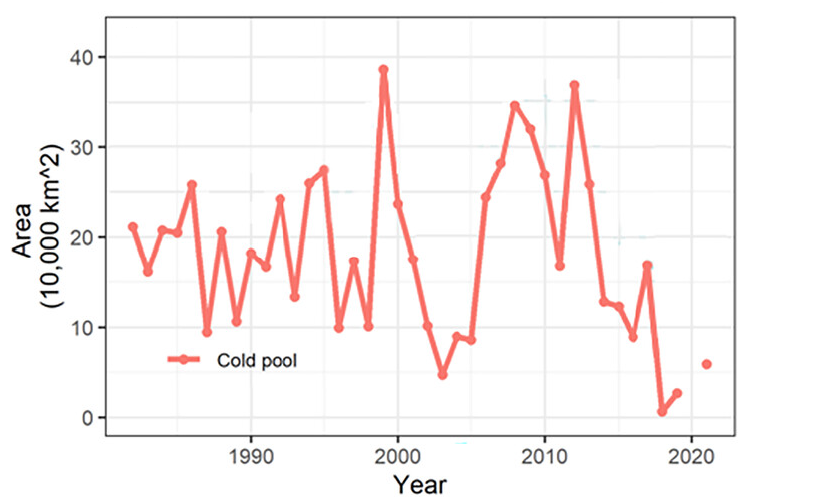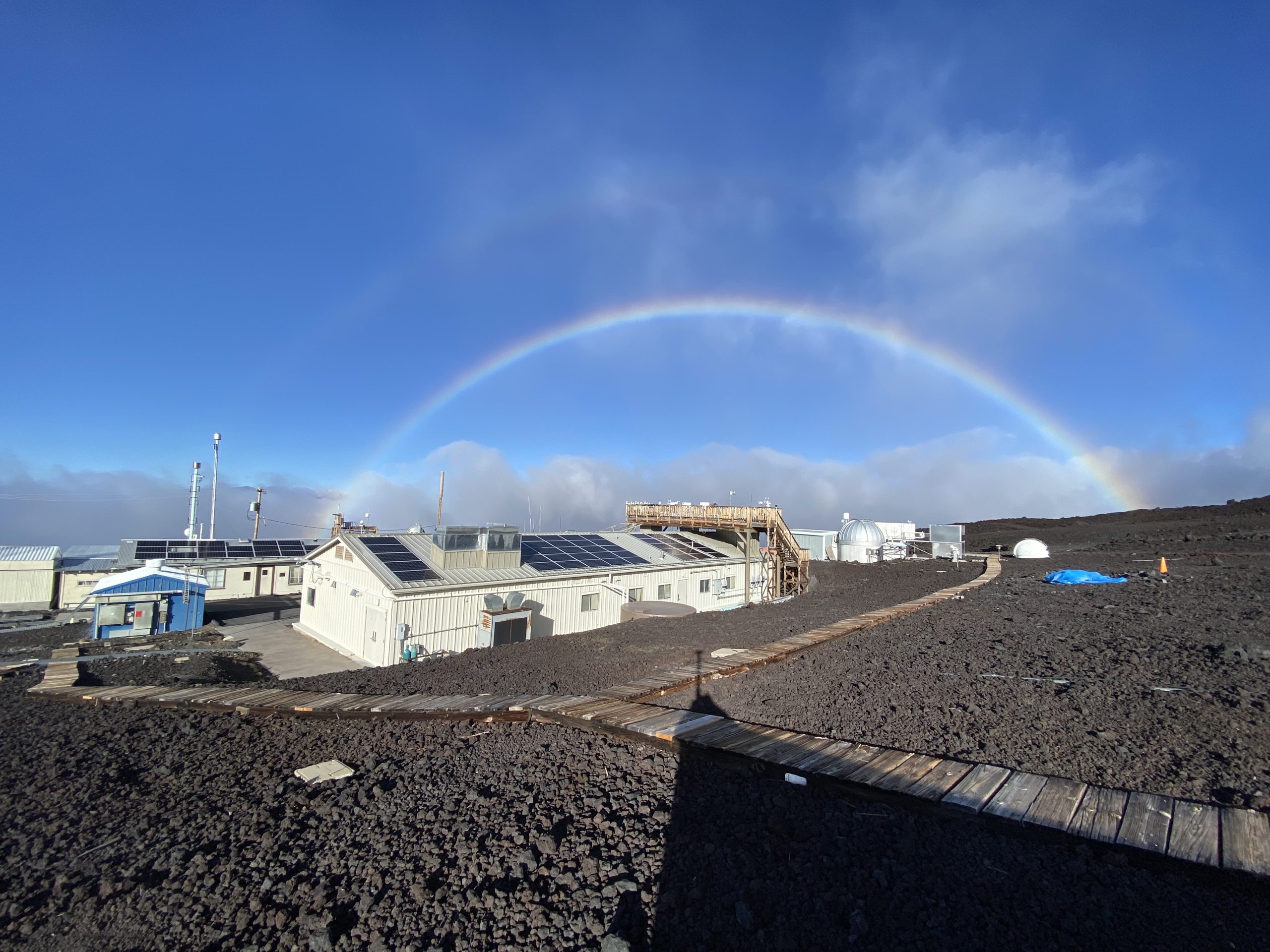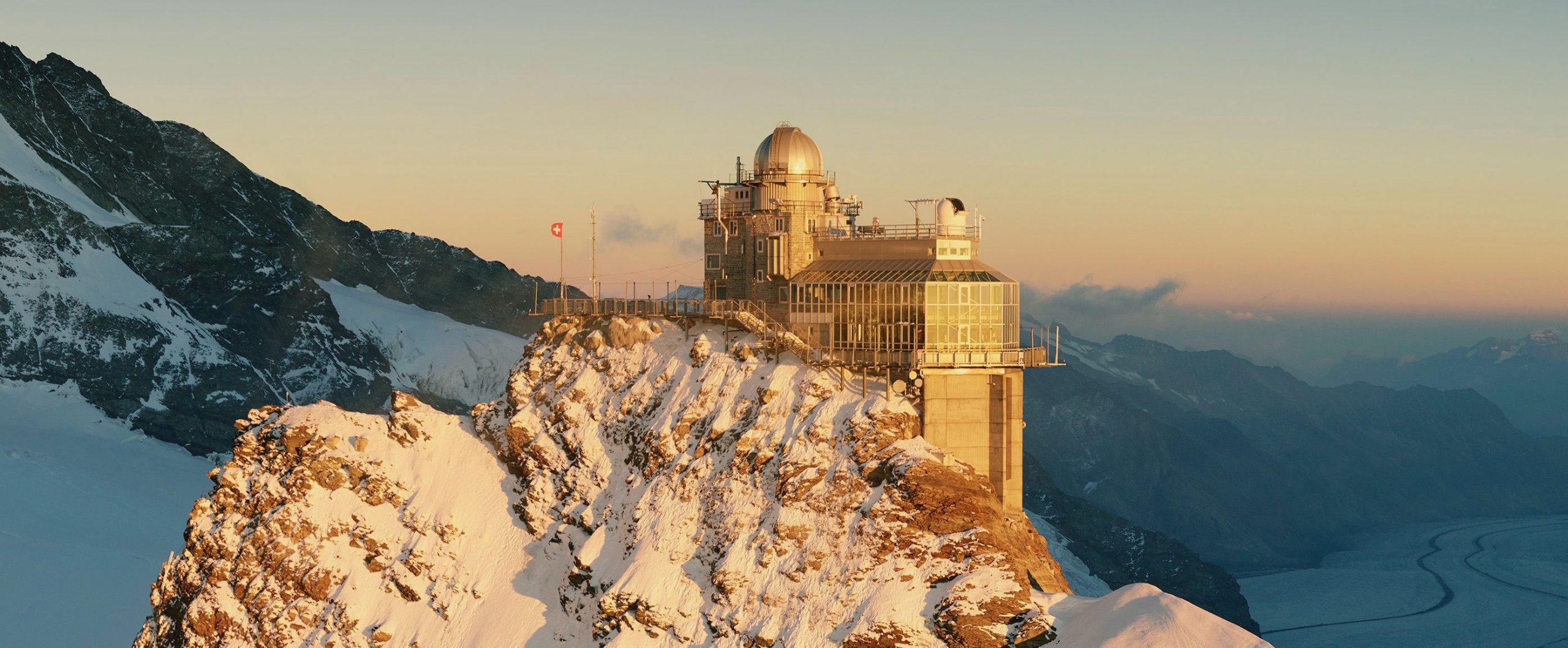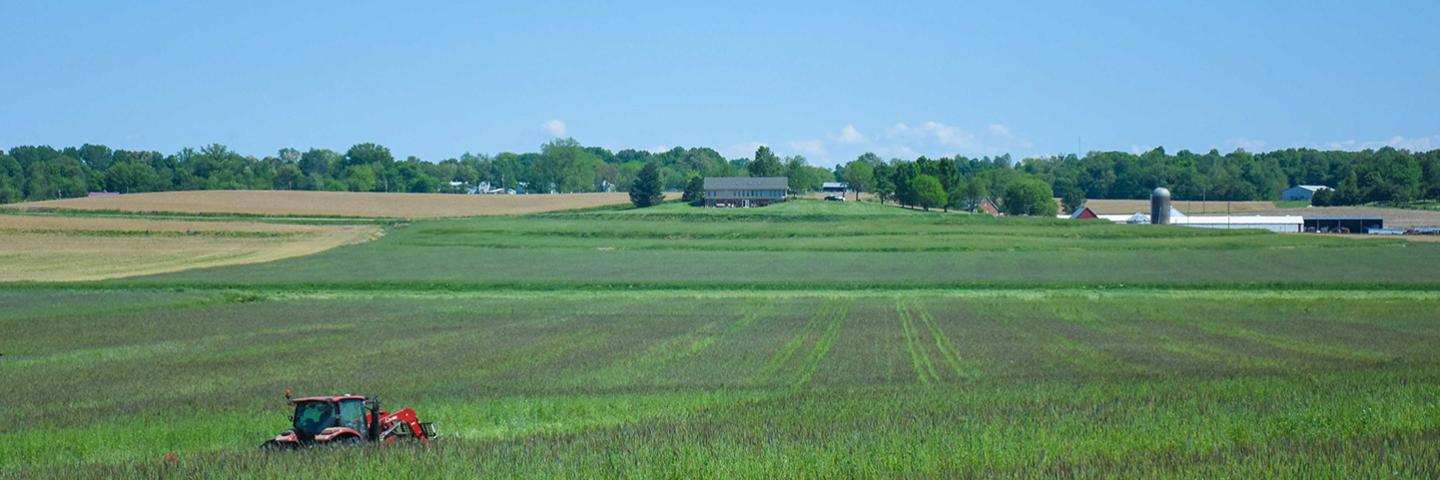Unprecedentedly low sea ice cover in the northern Bering and Chukchi seas during back-to-back winters from 2018 to 2019 caused a cascade of impacts that abruptly transformed the regional marine ecosystem, compounding challenges faced by the communities that rely on it.
A new paper authored by scientists from NOAA Research, NOAA Fisheries and the University of Alaska examined how the loss of sea ice delivered an ecological shock to the Bering Strait ecosystem, superimposed on the longer-term warming trend of the northern Bering and Chukchi seas. No coastal community in northern or western Alaska remains untouched by the recent suite of changes. The paper was recently published in the AMS journal Weather, Climate and Society.
The research, led by James Overland, an oceanographer at the Pacific Marine Environmental Laboratory tracked the cascade of change brought on by the sudden retreat of Bering Sea ice, driven by jet stream meanders, storms, abnormal southerly winds and warmer sea temperatures.
“The northern Bering Sea is a transforming ecosystem,” Overland said. “During the past seven years, we’ve seen multiple extreme events which are at or beyond previous experience.”
The specific cause of the back-to-back years of low sea ice is particularly difficult to explain, Overland said, but they occured earlier than climate models projected – and that does send a signal. “We need to anticipate that we will see more extraordinary events during the next decades, including events previously considered to be unimaginable,” he said.
One of the most startling developments during the 2017-2019 period was the loss of the summer cold pool, a pool of very cold and salty water, that forms near the seafloor due to the melting of the winter sea ice and creates a thermal barrier that influences distribution and abundance of crab, groundfish, and other commercially valuable bottom-dwelling species in the eastern Bering Sea.

Bottom-trawl surveys conducted by the National Marine Fisheries Service during the summer of 2018 found that the cold pool was 1% of its historical maximum observed size. It showed little to no recovery in 2019, as it was only 7% of its historical maximum observed size. During 2018-2019, major components of the warmer water ecosystem of the southern Bering Sea expanded their distribution northwards into the Bering Strait regional marine ecosystem due to the lack of the cold thermal barrier that turned the northern waters into a more hospitable environment for southern species.
The disappearance of the cold pool affected everything from zooplankton to whales. It drove a massive northerly range expansion of large predatory fish species such as subarctic Walleye pollock and Pacific cod, contributed to an unusual mortality event for three species of ice-associated seals, spurred novel and massive harmful algal bloom events and at least seven consecutive years of multi-species seabird die-offs due to malnutrition. These impacts have continued as coastal communities struggle with nutritional, cultural, and economic challenges while adapting to regional environmental and industrial changes in the marine environment. The authors of the paper pointed out that many of the events described in the paper would not have been known without the Bering Strait coastal communites responding to their food safety, food security, and conservation concerns,.
Maritime industries are taking advantage of the warming Bering Strait, as reduced sea ice invites increased industrial ship traffic and a northward expansion of foreign commercial fishing activity. The Port of Nome Modification Project’s planned development of the US Arctic’s first deep draft port facility would provide access to larger, deep-draft vessels. Projections of more low sea-ice years and continuing ecosystem and industrial transitions during the next decades are likely to contribute to increasing economic and food security concerns for the coastal communities that comprise the Bering Strait region, the authors said.
The physical changes to the northern Bering and Chukchi seas, subsequent ecological and food security impacts to coastal communities are part of a larger, ongoing, global event, the authors said. The key factor is the warming of the whole Arctic at two to four times the global temperature increase, referred to as Arctic Amplification.
The minimum sea-ice extents in the Bering Strait region during winter 2018 and 2019 were unprecedented events unlikely to occur every year. While the exact timing and magnitude of future events are uncertain, it is highly likely that there will be more minimum sea-ice winters in the future.
“Our research helps explain the unprecedented climatic events of 2018 and 2019 – how changes in large-scale atmospheric forces led to changes in winds that led to changes in sea ice dynamics, ” said Elizabeth Siddon. “This highlights the need for coordinated communicationbetween researchers, communities, and resource managers. It is imperative we work together with Bering Strait community members who rely on the marine ecosystem for their nutritional, cultural, and economic well-being to address the region’s food safety and food security concerns.”



